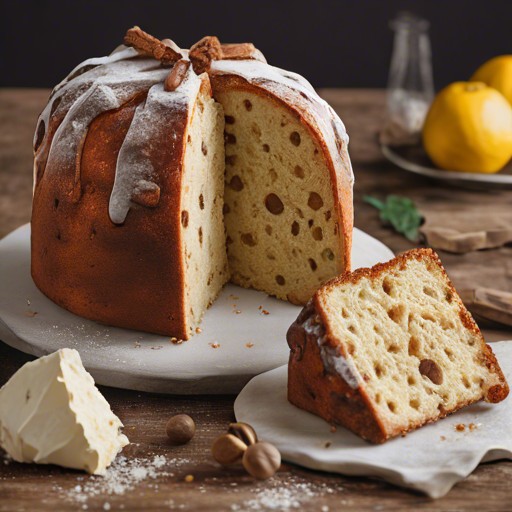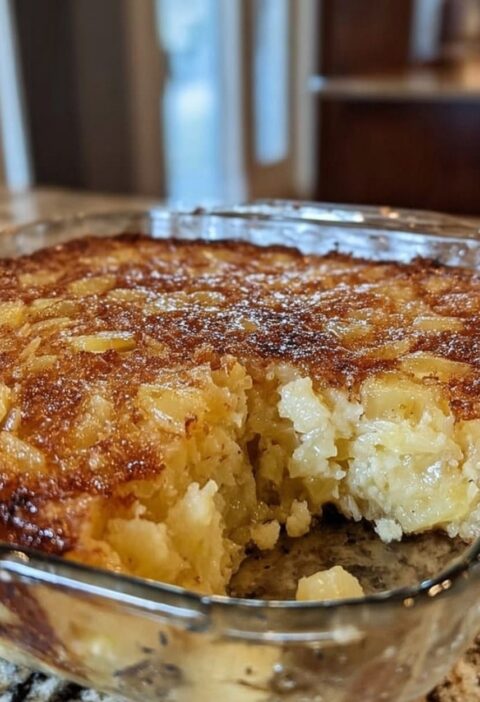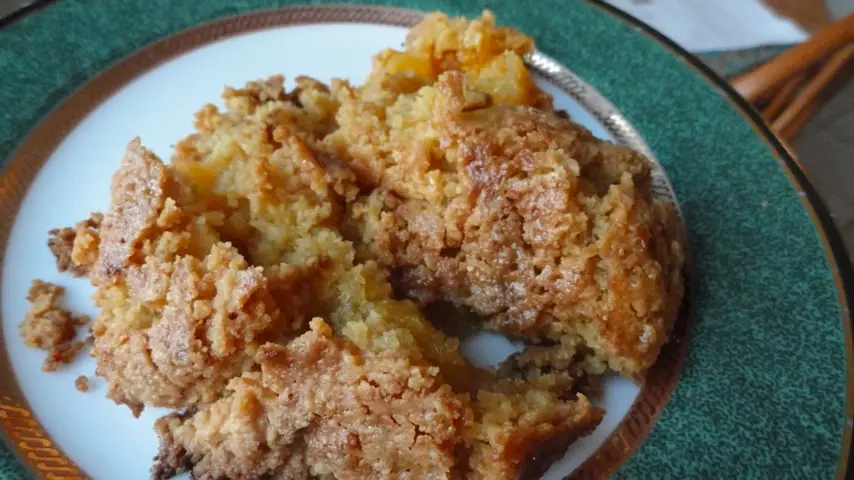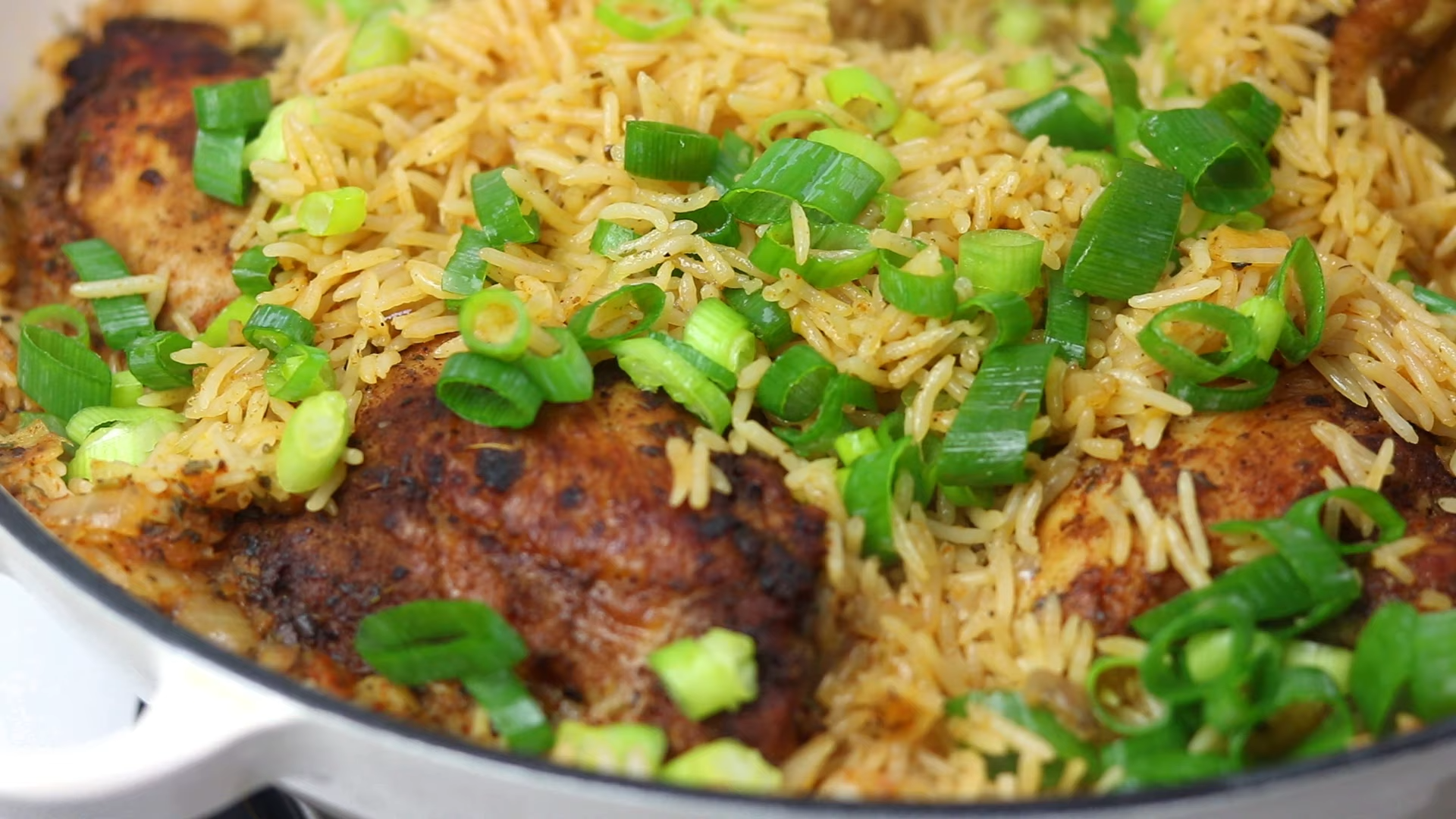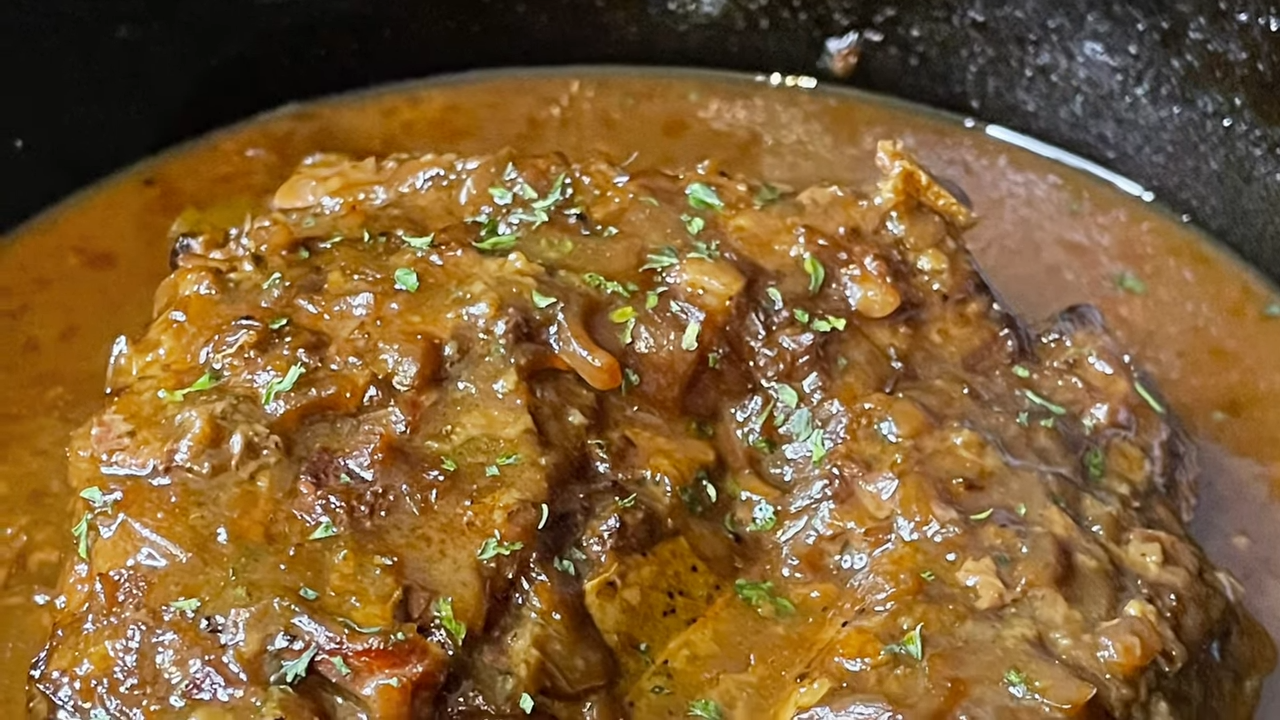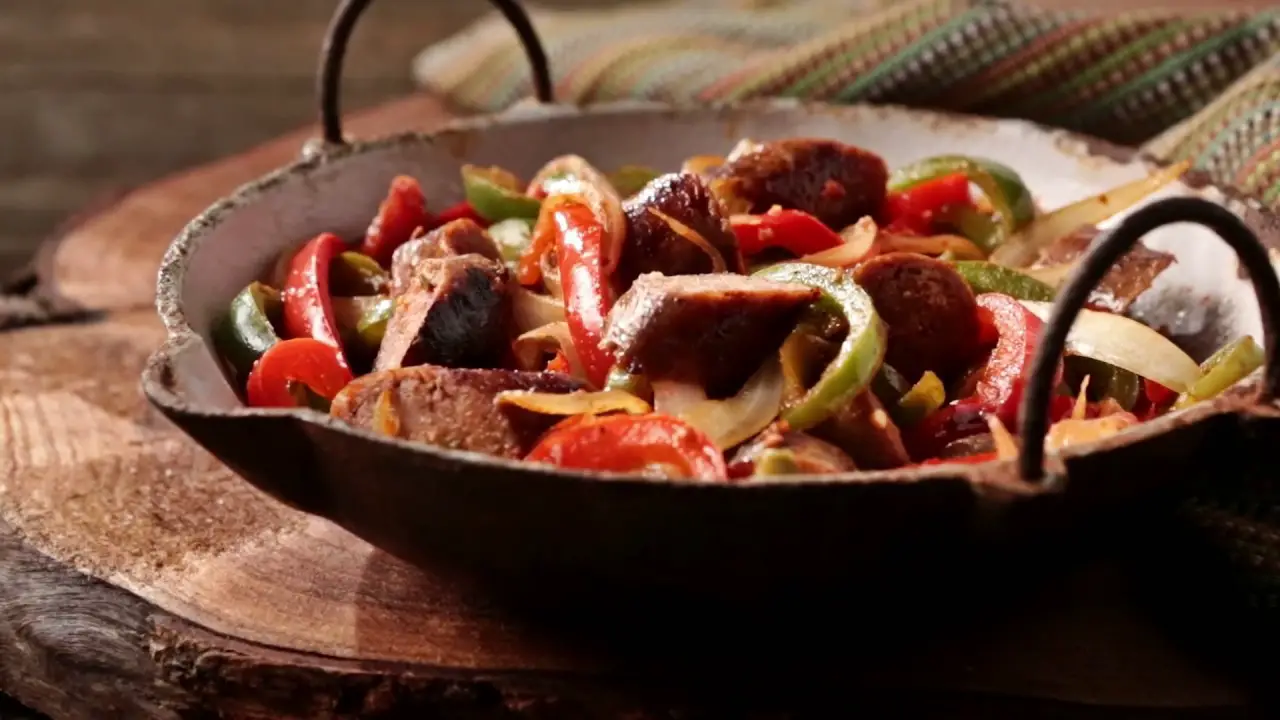Crafting Tradition: A Comprehensive Guide to Making Panettone from Scratch
Enter the world of artisanal baking as we unravel the secrets of creating the Italian Christmas classic – Panettone. This lofty, domed sweet bread, studded with raisins and candied orange peel, is a celebration of tradition and craftsmanship. In this detailed guide, we will explore the art and science behind making Panettone from scratch, ensuring that each slice is a testament to your baking prowess.
Ingredients:
- 5 cups all-purpose flour, divided
- 1 tablespoon quick-rise yeast
- 2/3 cup warm water (110 to 115°F)
- 1/2 cup sugar
- 2 teaspoons vanilla extract
- 1 teaspoon salt
- 5 large eggs, room temperature, lightly beaten
- 3/4 cup butter, softened
- 1/2 cup raisins
- 1/2 cup golden raisins
- 1/4 cup chopped candied orange peel
Instructions:
Step 1: Activate the Yeast
- In a small bowl, combine the warm water and yeast. Let it sit for 5-10 minutes until frothy.
Step 2: Prepare the Dough
- In a large mixing bowl, combine 4 cups of flour, sugar, vanilla extract, and salt.
- Add the yeast mixture to the dry ingredients and mix until a sticky dough forms.
- Incorporate the lightly beaten eggs, one at a time, mixing well after each addition.
- Gradually add the softened butter and continue to knead the dough until it becomes smooth and elastic.
Step 3: Incorporate the Fruits
- Fold in the raisins, golden raisins, and chopped candied orange peel, ensuring an even distribution throughout the dough.
Step 4: Let it Rise
- Place the dough in a greased bowl, cover it with a clean kitchen towel, and let it rise in a warm place for 1-2 hours, or until it has doubled in size.
Step 5: Shape and Second Rise
- Punch down the dough and transfer it to a floured surface.
- Divide the dough into two equal parts and shape each into a round.
- Place the rounds in Panettone molds or line regular cake pans with parchment paper.
- Cover and let the dough rise for an additional 1-2 hours.
Step 6: Preheat and Bake
- Preheat the oven to 375°F (190°C).
- Bake the Panettone for 30-40 minutes or until the tops are golden brown and a toothpick inserted into the center comes out clean.
Step 7: Cool and Enjoy
- Allow the Panettone to cool in the molds or pans for 10 minutes before transferring to a wire rack to cool completely.
Cook Notes:
- Ensure that the yeast is activated properly for a good rise. Frothy bubbles indicate that the yeast is active.
- The key to a soft and airy Panettone lies in the thorough kneading of the dough. Take your time to achieve the desired elasticity.
Variations:
Chocolate and Orange Twist: Add chocolate chips and orange zest to the dough for a delightful twist on the classic.
Lemon Blueberry Bliss: Incorporate fresh blueberries and lemon zest for a burst of summer flavors.
Almond Joy Panettone: Fold in chopped almonds and dark chocolate chunks for a nutty, chocolaty indulgence.
Keto Versions:
Almond Flour Alchemy: Replace all-purpose flour with almond flour for a keto-friendly adaptation.
Erythritol Sweetening: Swap sugar with a keto-friendly sweetener like erythritol to reduce carbohydrate content.
Low-Carb Version:
Coconut Flour Conversion: For a lower-carb option, substitute coconut flour for all or part of the all-purpose flour.
In conclusion, making Panettone from scratch is a rewarding journey that combines tradition with creativity. From the initial activation of the yeast to the aromatic blend of vanilla, raisins, and candied orange peel, every step contributes to the magic of this festive bread.
As you savor the heavenly aroma wafting from your oven and slice into the golden-brown crust of your homemade Panettone, take a moment to appreciate the craftsmanship and love that went into creating this Italian masterpiece. Whether you follow the classic recipe or venture into innovative variations, the joy of baking Panettone lies not just in the final product but in the process itself.
So, gather your ingredients, don your apron, and let the warmth of the oven fill your kitchen with the spirit of tradition. The delightful experience of crafting your Panettone awaits, promising a sensory journey that transcends the ordinary. Happy baking
Diving Deeper into the Panettone Experience: An Ode to Artisan Baking
The Artistry of Panettone:
Panettone is not just a baked good; it’s an embodiment of culinary artistry. As you knead the dough, feel the transformation under your hands. Watch as the raisins and candied orange peel become part of a colorful mosaic within the dough. The rise and fall of the yeast, the incorporation of eggs and butter – each step is a dance that transforms simple ingredients into a work of edible art.
Mastering the Dough:
The heart of any good Panettone lies in the dough – a delicate balance of flour, sugar, eggs, and butter. Take the time to knead it with precision, allowing the gluten to develop. This process is not just a mechanical step; it’s an intimate connection with the creation you are bringing to life. Feel the texture change, observe the elasticity, and let your hands guide the dough towards perfection.
Sensory Symphony: Aromas and Flavors:
The moment you open that jar of yeast and mix it with warm water, the kitchen comes alive with the heady scent of fermentation. It’s a promise of what’s to come. The vanilla extract adds a sweet undertone, and the candied orange peel releases citrusy notes, filling your space with an aromatic symphony. Baking Panettone is not just about the final product; it’s about indulging your senses in the process.
Variations: A Playground for Creativity:
The suggested variations are not rigid rules but invitations to unleash your creativity. Imagine the burst of chocolate and orange, the freshness of lemon and blueberry, or the decadence of almonds and dark chocolate. Each variation is a chance to infuse your personality into the recipe, to tell your unique Panettone story.
Keto Versions: Navigating the Low-Carb Landscape:
For those on a keto journey, the adaptations open up a new realm of possibilities. Almond flour becomes the canvas, and erythritol sweetener replaces sugar without compromising on taste. The joy of Panettone can now be savored by those following a low-carb lifestyle, proving that delicious traditions can evolve with our dietary choices.
Low-Carb Version: A Nod to Wellness:
In the quest for wellness, Panettone doesn’t have to be left out. The substitution of coconut flour is a nod to those seeking a lower-carb option. It’s a testament to the adaptability of this timeless recipe, ensuring that everyone, regardless of dietary preferences, can enjoy the magic of Panettone.
In the Kitchen: A Journey of Tradition and Innovation:
As we conclude this gastronomic journey, your kitchen is now a canvas awaiting your touch. The proofing dough, the golden-brown crust, and the final cooling – each step is a chapter in the story you’re writing with flour, eggs, and creativity. Making Panettone is more than a recipe; it’s a celebration of tradition, an exploration of flavors, and an affirmation of the joy that comes from creating something extraordinary.
So, in the glow of your oven’s warmth, embrace the role of a baker. Channel your inner artisan, and let the spirit of Panettone-making infuse your kitchen with festive cheer. As you share your creation with family and friends, remember that every slice is a piece of your culinary soul – a gift from your hands to their hearts.
May your Panettone be not just a festive treat but a symbol of the love and care you put into your craft. Happy baking, and may your kitchen be filled with the sweet aroma of success!

